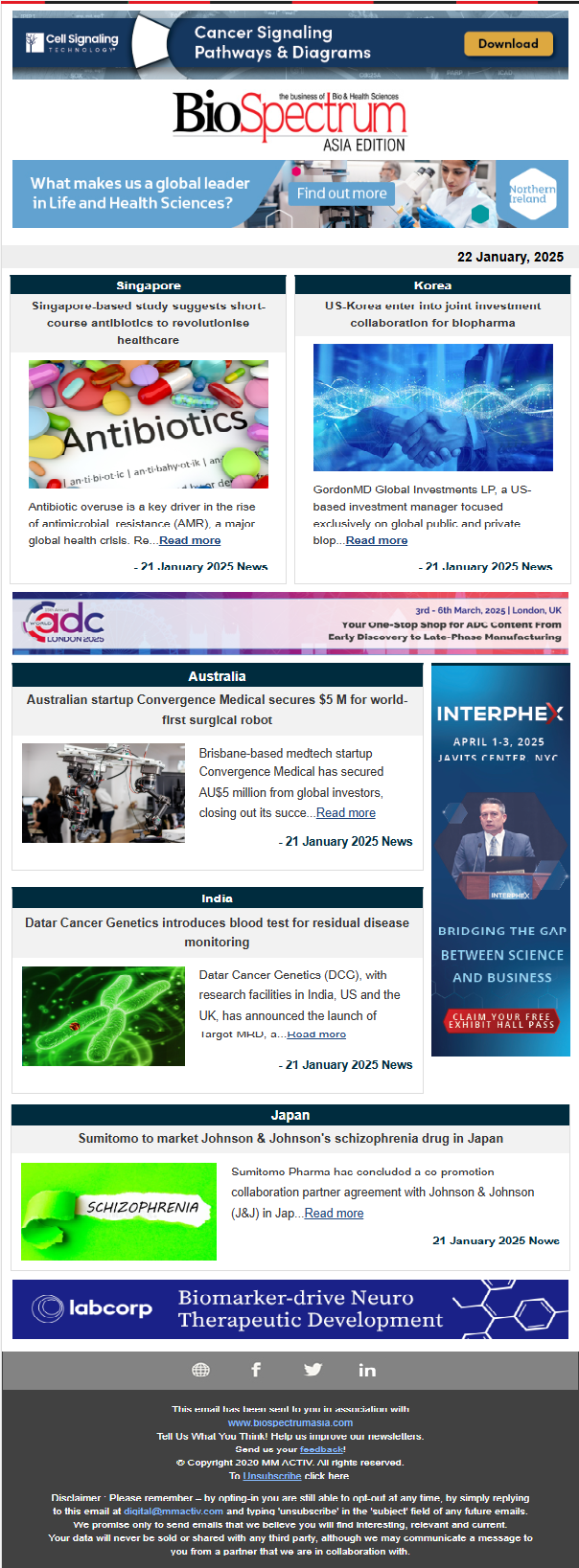
A new APAC Vision Health Survey, commissioned by Roche, reveals a stark disconnect between vision health concerns and preventive action across Asia Pacific – while 91% of adults over 40 express concern about their vision health, only 28% report undergoing annual or more frequent eye exams.
The survey provides insights into vision health awareness, behaviours, and challenges throughout the region. These findings take on particular significance considering external research shows that 90% of vision impairment is preventable or treatable with appropriate care.
The findings come at a pivotal time for APAC, which bears a disproportionate burden of vision impairment, accounting for nearly two-thirds of moderate-to-severe vision impairment cases worldwide. With an ageing population and diabetes on the rise – two factors that significantly increase the risk of vision impairment – addressing preventable vision impairment has become an urgent priority for both individuals and society.
According to the Lancet Global Health Commission on Global Eye Health, vision impairment results in an estimated $411 billion in productivity losses each year – underscoring the broader economic cost of delayed detection and treatment.
The research engaged 4,354 adults aged 40 and over across eight markets: Australia, Hong Kong, Malaysia, Philippines, Singapore, South Korea, Taiwan, and Thailand. The study was conducted to better understand people's perceptions of vision health, its connection to ageing and diabetes, and their awareness of specific retinal diseases, contributing new evidence to the vision care landscape.
“This survey doesn't just highlight challenges – it identifies where change in vision care is urgently needed," says Ahmed Elhusseiny, Area Head, Roche Pharmaceuticals, Asia Pacific. "The economic and human costs of delayed intervention are simply too high. What's clear from these findings is that we need innovative approaches to bridge the awareness-action gap and strengthen prevention efforts—helping more people access the care they need and preserve their vision for longer."




